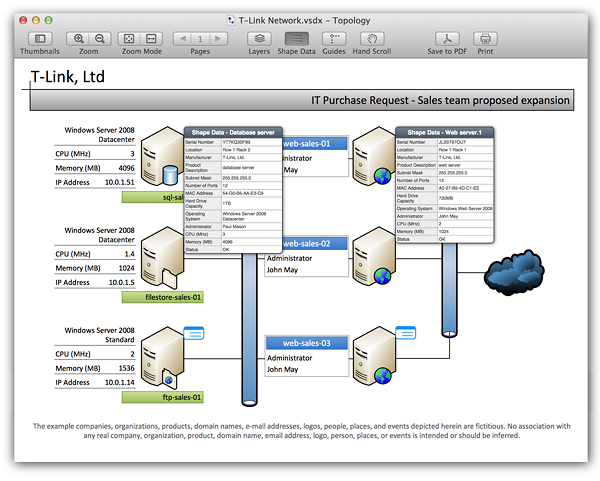

Maintaining Aspect Ratio is a predominant feature in GIS applications. A shapefile stores non-topological geometry and attribute information for the spatial features in a data set.
#.shp file viewer software
PROJ.4 is an Open Source projection library if you want to give it a try.Įxperimenting with pan and zoom features will be a good challenge. The shp file extension is used for ESRI Shape format, a popular geospatial vector data format for geographic information systems software.It is developed and regulated by ESRI as a (mostly) open specification for data interoperability among ESRI and other software products. shp file by reading the projection information from. It would be nice if someone comes up with ways to read/apply/reproject the. Make use of the shapelib.lib by adding shapelib\shapelib.lib to object/library Modules by going to Project>Settings>Link. Include the shapefile.h at the beginning. To parse the shapefile, I have used the Shapelib ( ). ExpertGPS can convert GPS waypoint and track. ExpertGPS is an all-in-one mapping solution and file converter, so you can import data, preview it over maps and aerial photos, make corrections, and export it. I assume that the intended audience is familiar with OpenGL and understands concepts like linking with static or dynamic libraries in Microsoft Visual Studio environment. File conversion is easy with ExpertGPS - just two clicks converts any GPX, DXF, SHP, KML, CSV or other CAD, GIS, or mapping file format. Each item usually has attributes that describe it, such as name or temperature. For instance- political boundaries like Countries, States are treated as Polygon shapefiles linear features such as roads, rivers are Line shapefiles and Airports or BusBays are sometimes treated as point shapefiles. The shapefile format can spatially describe vector features: points, lines, and polygons, representing, for example, water wells, rivers, and lakes.

Shapefiles hold geographic information in the form of points, lines and polygons. This article focuses on rendering them in OpenGL console. Click the Base Heights tab, and under the Z Unit Conversion section, specify the conversion factor for the shapefile elevation values in the.

Right-click this shapefile from the scene layer menu, and click Properties. There are many open source softwares like JUMP, SharpMap that allow the users to view the shapefiles. After the new shapefile is created, open ArcScene from the 3D Analyst toolbar, and add the new shapefile (Add Data) to the scene. ESRI shapefiles are well known vector data formats used for Mapping a.k.a GIS applications.


 0 kommentar(er)
0 kommentar(er)
